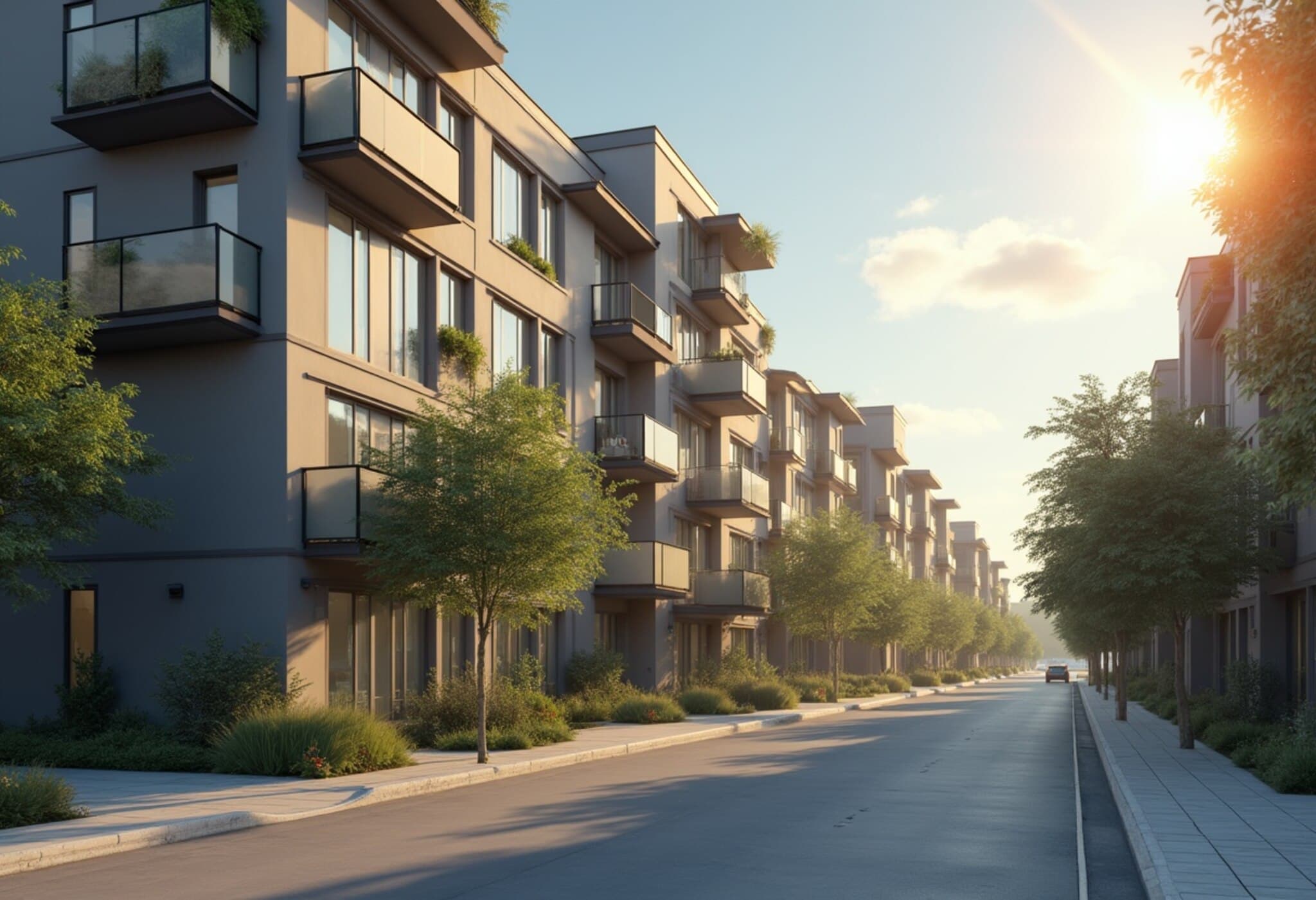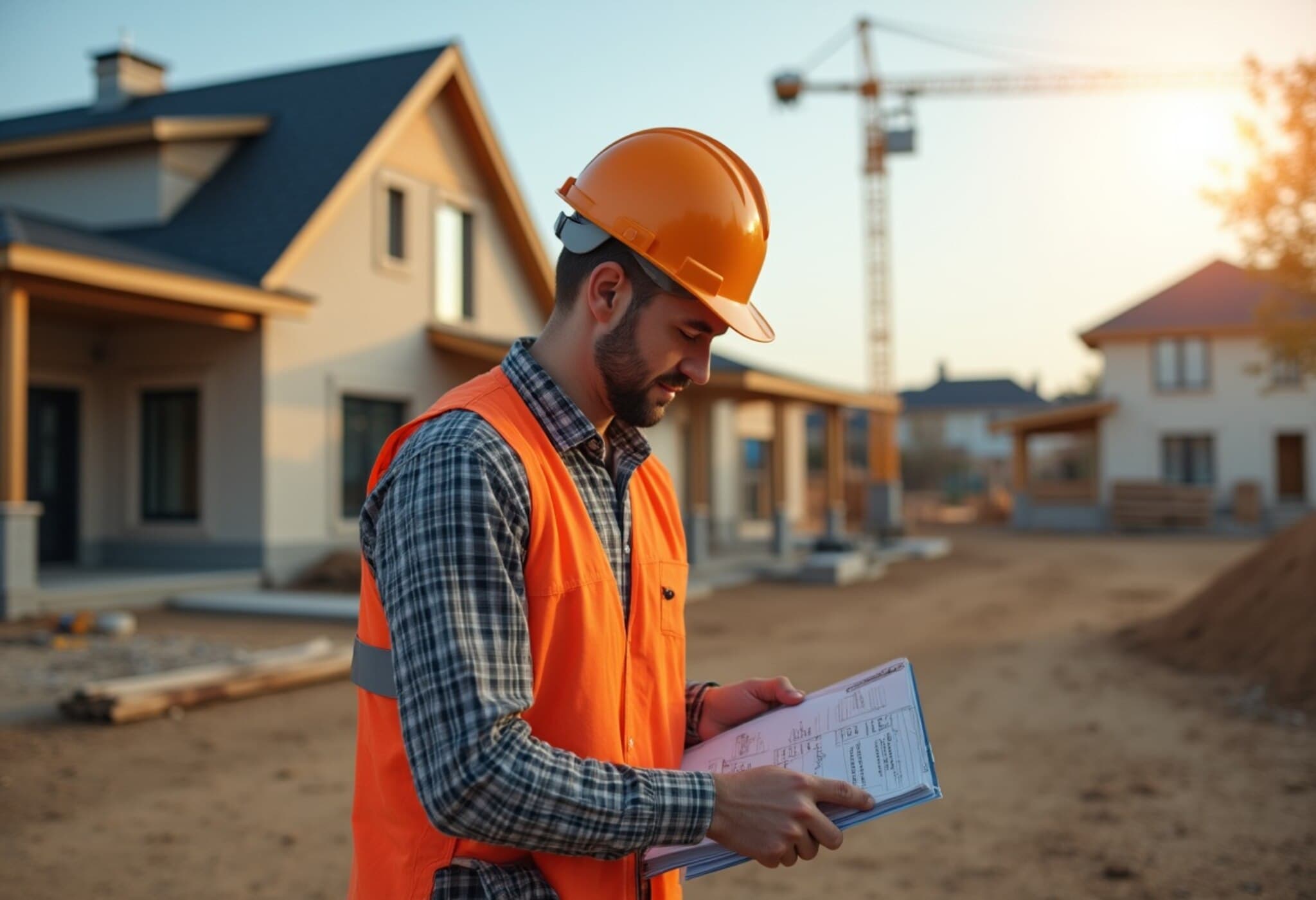Why Reducing Capital Gains Tax on Home Sales Isn’t the Housing Market Silver Bullet
Amid ongoing debates about how best to tackle America’s persistent housing challenges, one proposal gaining attention is reducing or eliminating the capital gains tax on home sales. At first glance, this might seem like a straightforward way to stimulate market activity by encouraging homeowners to sell and free up inventory. But a closer look reveals this policy fix wouldn’t address the core issues driving the country’s housing affordability crisis.
Understanding the Current Capital Gains Tax Exemptions for Homeowners
Currently, the federal government exempts up to $250,000 in capital gains for individual taxpayers and $500,000 for married couples filing jointly when selling a primary residence. This haven for sellers has remained unchanged for nearly three decades, despite soaring home prices across the nation.
To put this in perspective, the median home sale price in June 2025 was $435,300, according to data from the National Association of Realtors (NAR). Homes priced above $750,000 — where capital gains taxes are more likely to come into play — made up just 17% of sales that month. Most homeowners navigating the entry- to mid-level market are naturally insulated from this tax constraint.
Why the Tax Exemption Hike Won’t Unleash a Wave of Home Sales
Lawrence Yun, Chief Economist at NAR, points out that about 15% of current homeowners would face the capital gains tax if they sold today. Some retirees hoping to downsize hold back due to the tax burden, as many have seen significant appreciation in their home equity since buying decades ago.
"Their accountants advise them not to sell because of this tax sticker shock," Yun shared during a recent media briefing. Increasing or eliminating the exemption could theoretically encourage more listings, particularly in the upper market.
But industry analysts caution against viewing tax reform as a panacea for broader market woes. Stephen Kim, housing analyst at Evercore ISI, emphasized on CNBC’s "Closing Bell Overtime" that homebuyers’ confidence — shaken by policy unpredictability and economic uncertainty — plays a much greater role in whether people enter the market or hold tight.
Confidence and Economic Stability Trump Tax Tweaks
The Trump administration’s tenure was marked by shifting policies impacting housing finance, immigration, and labor markets — factors that ripple through buyers’ mindset. Kim remarked, "People making one of the biggest purchases of their lives don’t respond well to instability. Until we see steady policies and economic confidence restored, tax cuts won’t be enough to move the needle."
Moreover, Redfin Chief Economist Daryl Fairweather warns that cutting capital gains tax might paradoxically encourage some sellers to hold onto their properties longer rather than selling sooner. Homeowners might time their sale to just fall under the tax threshold, creating uneven market dynamics.
What About Tax Breaks on Home Improvements?
Fairweather recommends a policy focus shift towards reducing taxes on home enhancements that genuinely add value, such as accessory dwelling units (ADUs). These types of targeted incentives could encourage homeowners to invest in making their properties more livable or even expand housing supply organically.
Looking Beyond Taxation: What Really Drives Housing Affordability
While capital gains tax adjustments may provide marginal relief for wealthier homeowners, they neither address the underlying shortage of affordable housing nor the structural barriers keeping millions of Americans from homeownership.
- Land use and zoning reforms could unlock new housing supply and diversify available options.
- Strengthening renter protections can stabilize households struggling in tight markets.
- Investment in public infrastructure and transit expands viable residential zones outside expensive urban cores.
- Incentives for affordable housing development ensure construction meets demand where it is most dire.
Without tackling these broader systemic issues, tweaking capital gains taxes feels like rearranging deck chairs on the Titanic.
Expert Commentary
Housing markets are complex ecosystems where economic psychology, fiscal policy, and social equity intersect. The current capital gains tax exemption setup generally protects middle-market homeowners. Its reform would predominantly influence higher-value properties, not the first-time buyers or moderate-income households struggling most.
Policymakers should therefore prioritize multi-faceted strategies that stabilize demand and boost supply simultaneously. Transparency, consistency, and support for diverse communities remain paramount.
Editor’s Note
Reducing capital gains tax on home sales sparks intuitive appeal but falls short as a comprehensive solution to America’s housing crisis. As we debate fiscal levers, it’s crucial to remember that affordability depends on far more than tax codes—it requires bold action on zoning reforms, economic stability, and housing creation.
Will easing taxes truly motivate hesitant sellers, or will uncertainty continue to paralyze the market’s most important players? And how can targeted incentives for home improvements complement broader affordability goals? These questions deserve ongoing scrutiny as communities grapple with one of the defining challenges of our era.



















